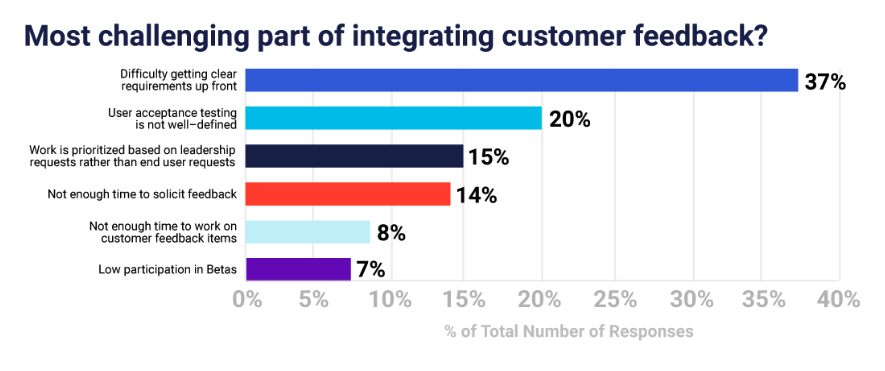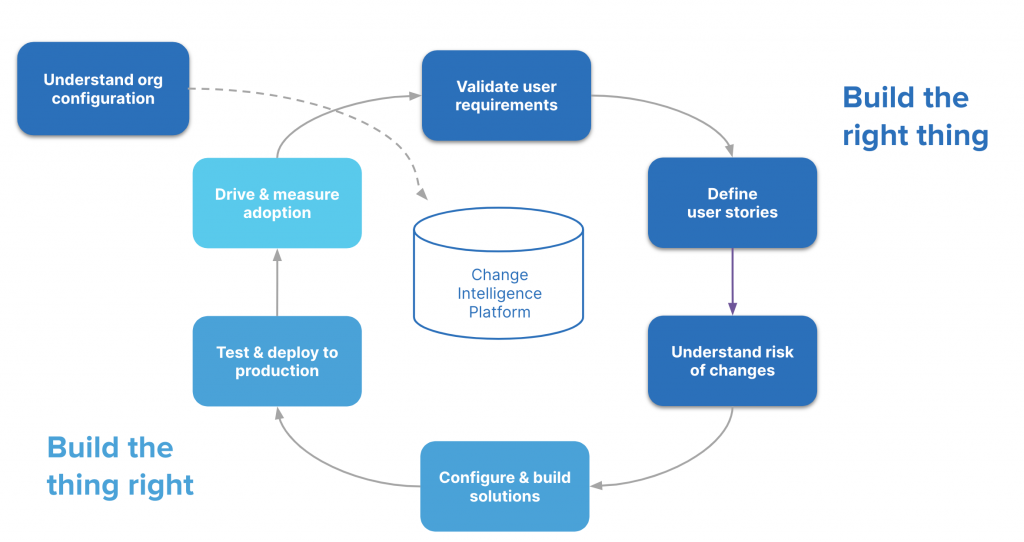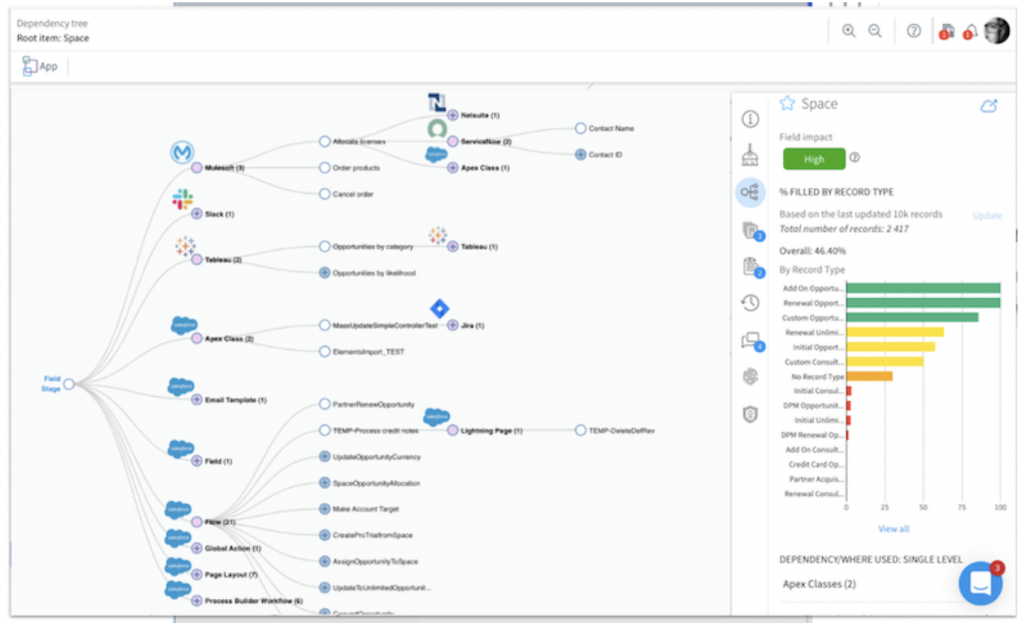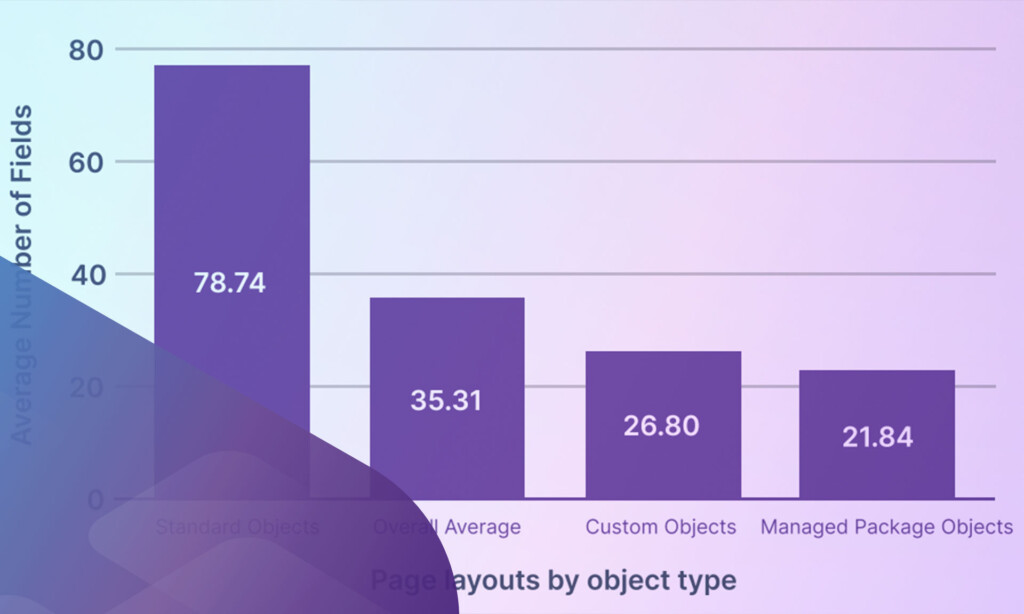
Valuable insights from 2022 State of Salesforce DevOps Report
A report for Admins, Business Analysts, and Architects (as well as Developers)
The annual Salesforce State of DevOps Report from Copado always makes interesting reading. DevOps is a rapidly emerging space and it has been further validated by the launch of Salesforce DevOps Center. So has the DevOps space “crossed the chasm” in Geoffrey Moore speak? Or is it still only something practiced by the largest and most mature Salesforce customers?
These are questions that you probably think are really only of interest to large organizations with large development teams. And you imagine that the report is aimed at the Development Managers, Platform Owners, or IT Directors. But you would be wrong. This report also gives very valuable insights to Admins, Business Analysts, and Architects. But they need to wait until the end of the report because it is all in this last trend and chart.
What the report identifies is that development teams struggle to get a clear understanding of the requirements of what they need to build. Let that sink in. The development teams are not clear on what they need to develop. The impact of this is:
- wasted time on rework: this is the cost of build, test, and deploy multiple times until the requirements are met
- poor end user adoption: no surprise that end users do not log in and use the apps if they are not what they need.
- missed business opportunity: the faster the correct changes are made, the early the business benefits flow.
THIS. IS. HUGE. But not entirely unexpected.
DevOps is delivering the changes faster. But if they are the wrong changes it is irrelevant how fast they are delivered. What this report is showing is that more time and effort needs to be spent on:
- business analysis to bottom out the true need
- org analysis so that user stories that support the business need and are risk assessed
- solutioning and architecture before build starts.
So whilst this is the State of salesforce DevOps Report, it should really be called the State of Salesforce Implementation. DevOps starts with a user story. But this report says that the quality of the user stories that are passed to development is not good enough. This is due to the poor upfront business analysis and architecture.
This is an issue for Admins, Business Analysts, and Architects.
Salesforce doubles down on Business Analysis and Architecture
Salesforce has launched a Salesforce Business Analysis certification which goes way beyond the current Trailhead courses and actually validates the critical importance of strong business analysis.
Also, Salesforce is putting a huge level of investment into Salesforce Architects. Their “Well-Architected” program seeks to improve the quality of architectural design, documentation, and solutioning.
As you can see from this implementation lifecycle, there is a critical handoff from business analysis (dark blue) to DevOps (lighter blue).
Elements + DevOps
The great news is that Elements supports the business analysis that the report has identified that is so clearly needed. And even better, Elements is integrated into the DevOps tooling vendors – Jira, Salesforce DevOps Center, Copado….. . So it provides the user story with all the supporting information that DevOps teams are saying they desperately need.
BTW Elements is also providing something they love but didn’t expect: rigorous analysis and documentation across multiple clouds. With this, they can see the implications, scope and time of any change.
Final word
The final word is from Peter Coffee – VP for Strategic Research at Salesforce
In the coming years, enterprises will win or lose based on how they handle the hairpin turns of competitive innovation, evolving regulation and pandemic-elevated customer expectations.
Today’s customers demand both speed and quality across every experience — and so do the architects of applications and the administrators of operational systems. Distraction and fatigue lead to loss of competitive edge at best (and dangerous errors at worst).
Development and operations (DevOps for short) are domains that must cooperate – rather than being sequential silos of responsibility. If the discipline is new to you, let Copado’s 2022 State of Salesforce DevOps Report bring you up to speed. If it’s familiar to you, let it raise your expectations. Start your engines!
Talk to us
Talk to us about how you supercharge your DevOps implementation – no matter what you use: Change Sets, Salesforce DevOps Center, Copado or the other DevOps apps.
Sign up for
our newsletter
Subscribe to our newsletter to stay up-to-date with cutting-edge industry insights and timely product updates.










